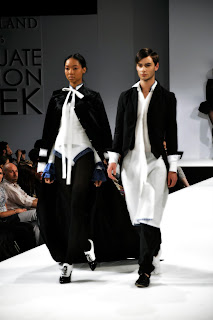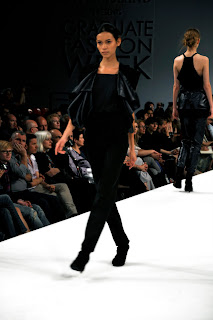Lina Hakim: I haven't updated my website in a while, so this should probably read 7 or 8 years even by now. My tentative organizing system, if I dare call it that, is a very primitive folder based one on my computer: There is a main folder titled 'Photos/Videos' where everything goes; inside it, you'll find subfolder titled photos and followed by a Roman number (i.e. 'photos III'). After 'photos VIII' though, I've been titling them 'photox'... so they are still in order as they're arranged alphabetically in my computer. In each of those there are 99 folders, simply numbered with sometimes a few hints as to what they'll contain (i.e. SkyWalkRaouda) and sometimes even dates (i.e. 15/07/04). I am currently at folder 'photox XI', folder 34).
Anyway, to get back to your question, I would say that this obsessive documentation stems from a more intellectual interest, although I do sometimes excuse it, along with my obsessive collecting (verging on hoarding), with a romanticized war reflex of stocking "just in case". It could be that it's the 'intellectual' aspect that is the excuse... I think it really stems from a desire to keep bits of the world that I know I can go back to, a bit like a diary. The collecting reflex is tied to memory in that way: it provides it with leftover traces and with things that could help me reconstruct moments or spaces in which to find something forgotten. It also has to do with a sort of mission that I feel I have been pursuing: to give thorough critical attention to the little things or habits that are usually deemed unworthy of it.
I think the documenting/collecting only becomes an intellectual project (as opposed to a reflex) when it is contextualized, edited or formatted in a certain manner, because that is when it tells a specific story. An example of that would be the My room-a-day (Beirut) project. Devised as an ongoing work, it consists of photographs of/in my room, taken (almost) every day from Sunday 17 February 2008 until my move to London in September 2008 brought it to an end. With its 'plan' defined in this way, I like to think that this series forms a collection of jigsaw pieces that suggest a very specific space, time and emotion.
I don't know if I'm making much sense.
Perhaps it all boils down to an attempt at understanding/remembering through collecting and documenting?
I.H.: I understand your 'exercises' in ordering and cataloging as attempts both to uncover meaning as well as to exhaust meaning. On the one hand, in your work the objects in a particular series, i.e. the alphabetical list of the contents of your room, are usually already connected to each other, i.e. all of the objects in the above-mentioned series are in your room, prior to any attempt on your part to rearrange them according to a new principle. This connection, however, is usually quite tenuous and does not exhaust the meaning of these objects. (For instance, I cannot remember how half of the objects in my room got there in the first place. Needless to say, this gets in the way of my being able to see them as a coherent whole, i.e. my room.) Different ways of ordering and cataloging objects, even if this process takes place in the mind only and does not affect the place that these objects occupy in the world, will reveal previously hidden aspects of these objects and uncover hidden relations between them, thus producing different realities. In this sense then, you seem to be engaging directly with the question of history. However, your interest in cataloging objects in so many different ways is also a way of exhausting their meaning, which seems to me to be emphatically anti-historical. This tension between history and its impossibility if you will, is evident in other works of yours. I am thinking here of your 'empty diaries' where you attempt to reconstruct certain days in your life, seemingly chosen completely arbitrarily, through family photographs, newspapers and your mother's recollections. The exercise is, of course, doomed to fail: the intensely personal nature of diary entries is simply incompatible with the nature of the information one obtains through newspapers. One will never be able to fill in the former through the contents of the latter. In this particular work, the newspapers and their headlines would represent the stuff history is made out of, whereas the personal photographs and your mother's recollections would represent memory. How do you navigate/negotiate the tension between these two currents in your work?
L.H.: I actually see the 'empty diaries' project as very different from the ordering and cataloguing exercises. While the latter I find to be more connected with systems of thinking and recalling, I think of the former as a more historico-political questioning. It is related to my belief that the only way one can tell a 'true' story of a place or of events that are politically sensitive or controversial, is by showing an intimate part of it that one is familiar with which can then function as an instance of that place/event rather than as an exemplar.



















































